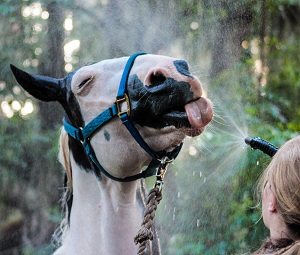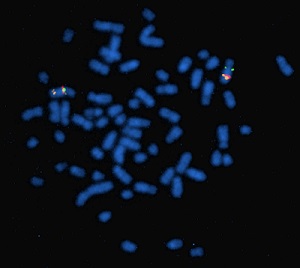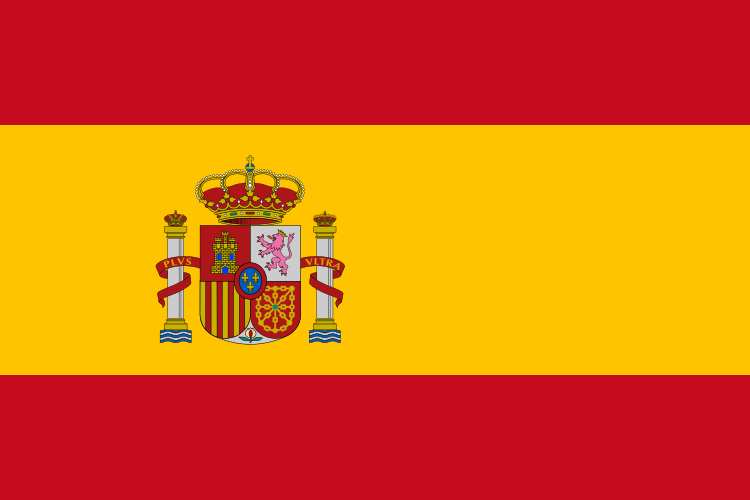 As summer approaches, days get longer, the weather gets warmer and people look forward to horseback riding – maybe even going for a ride on the beach. Yet, for some horse owners, summers are synonymous to despair. Those who have anhidrotic horses, or which the sweating ability seems to shut down during hot or humid days, are desperately trying to keep their horses cool, comfortable, and alive. However, unfortunately for some, that situation happens all year long. So, what causes horses to stop sweating and why is sweating so important?
As summer approaches, days get longer, the weather gets warmer and people look forward to horseback riding – maybe even going for a ride on the beach. Yet, for some horse owners, summers are synonymous to despair. Those who have anhidrotic horses, or which the sweating ability seems to shut down during hot or humid days, are desperately trying to keep their horses cool, comfortable, and alive. However, unfortunately for some, that situation happens all year long. So, what causes horses to stop sweating and why is sweating so important?
Color is among some of the earliest traits we selected in newly domesticated species (1). Today, color can be critical for registration and therefore, the value, of our horses. For example, in breeds like the Friesian (which requires true black) and the exotic Mangalarga Marchador (which does not allow cremellos or perlinos) color is more than an aesthetic preference, it is a breed requirement. Indeed, on average, presence of a spotting pattern doubles the value of an American Paint Horse Association (APHA) foal. For example, in 2006, the average price of an APHA registered yearling without a spotting pattern was $1540, while a yearling APHA registered horse with the tobiano pattern averaged $2803 (2).
 The horse genome contains all the information required to direct the growth and function of a foal, from conception to death. This enormous “text” is organized into chromosomes, much like the volumes of an encyclopedia. The domesticated horse possesses 32 unique chromosomes, and most cells carry two copies of each chromosome for a total of 64. Gametes of course are the exception, carrying just one of each of the chromosome pairs to the future offspring. This article will discuss information about genotype vs. phenotype, genetic testing, and recent genetic studies performed on stallions.
The horse genome contains all the information required to direct the growth and function of a foal, from conception to death. This enormous “text” is organized into chromosomes, much like the volumes of an encyclopedia. The domesticated horse possesses 32 unique chromosomes, and most cells carry two copies of each chromosome for a total of 64. Gametes of course are the exception, carrying just one of each of the chromosome pairs to the future offspring. This article will discuss information about genotype vs. phenotype, genetic testing, and recent genetic studies performed on stallions.
